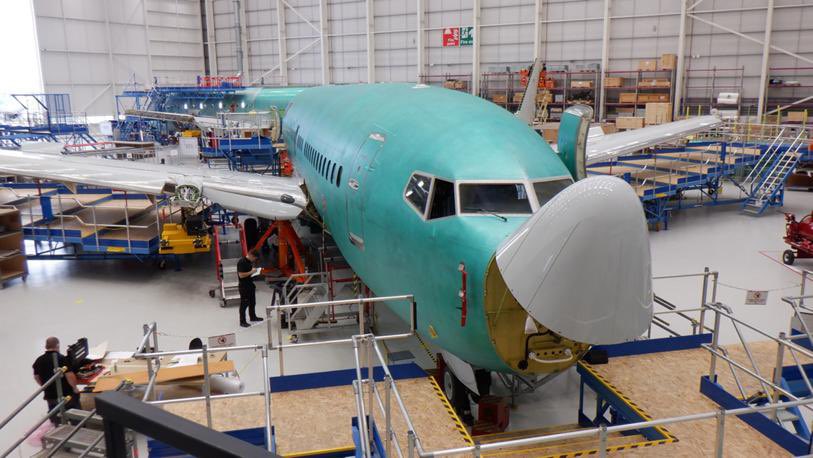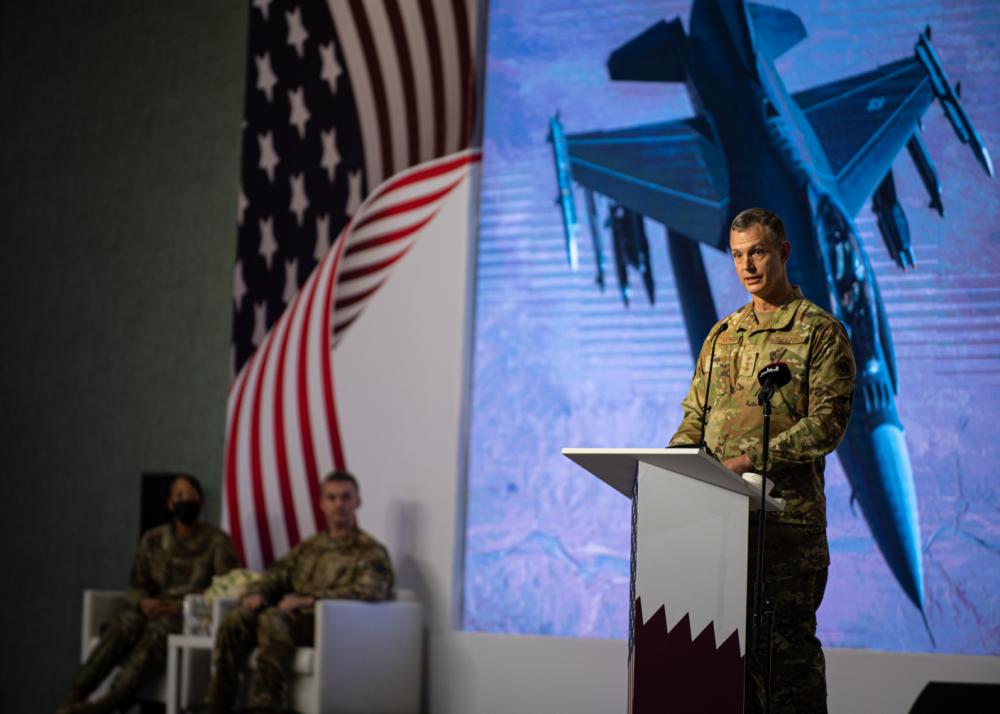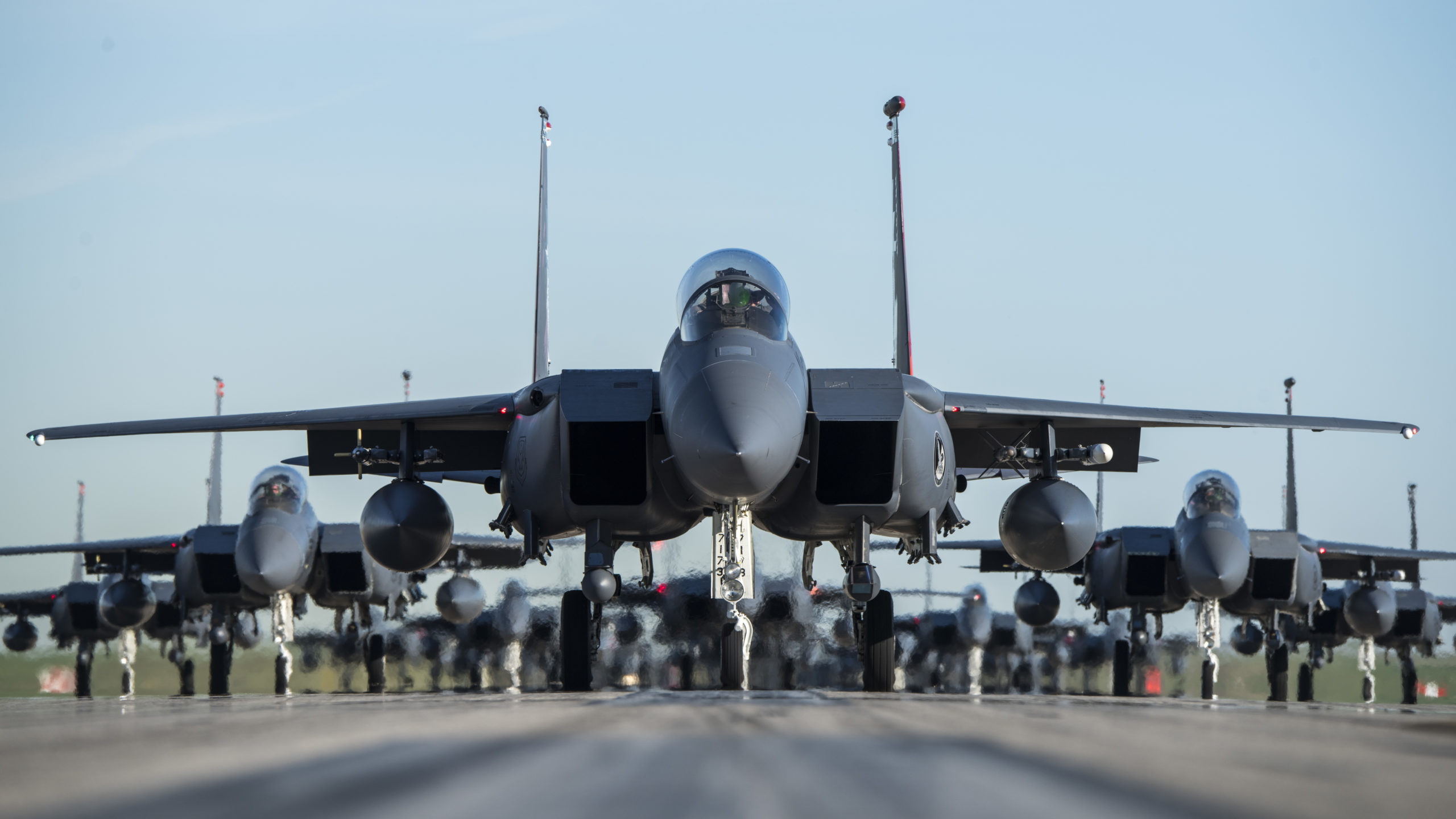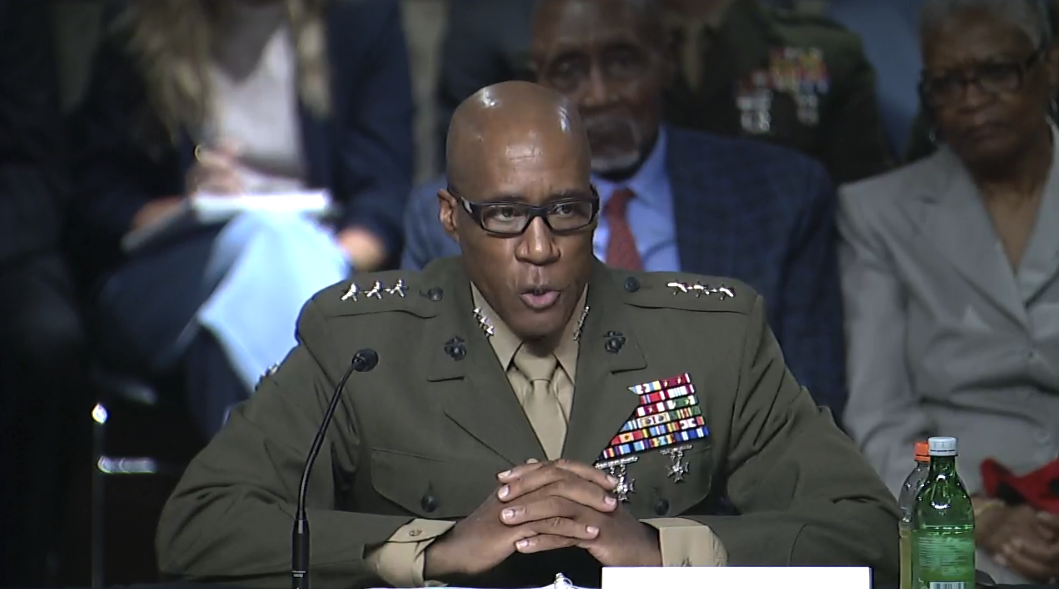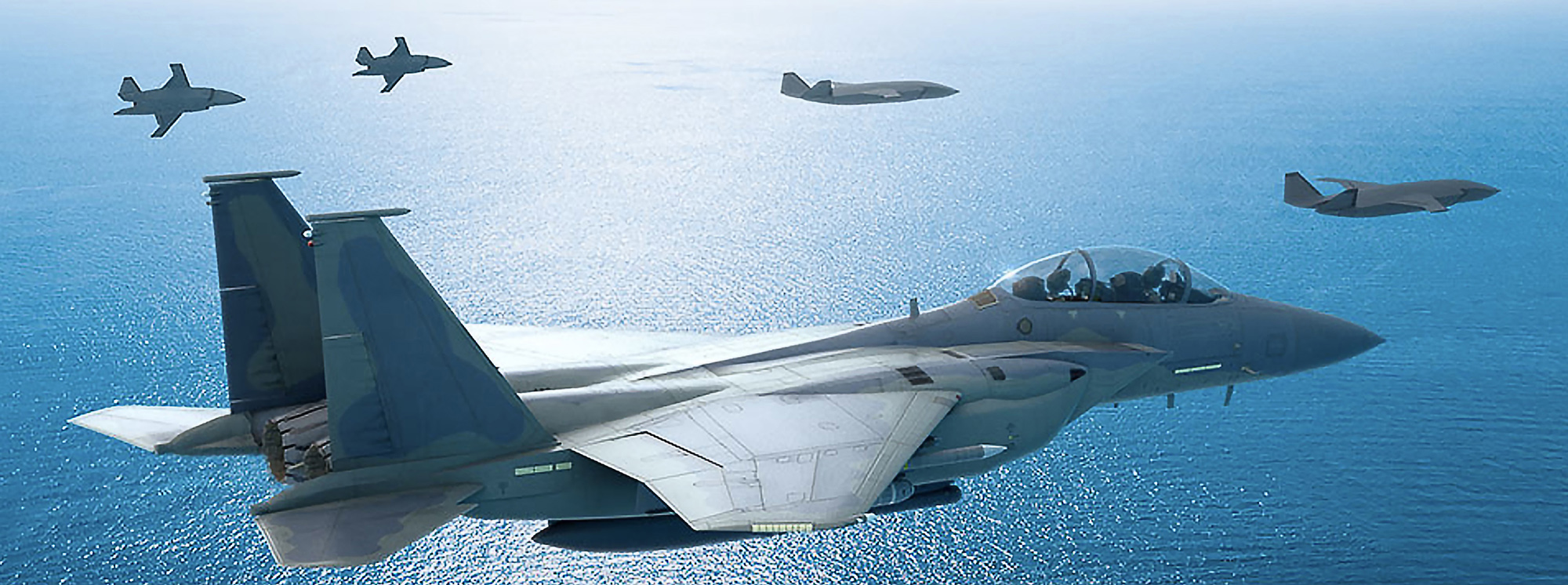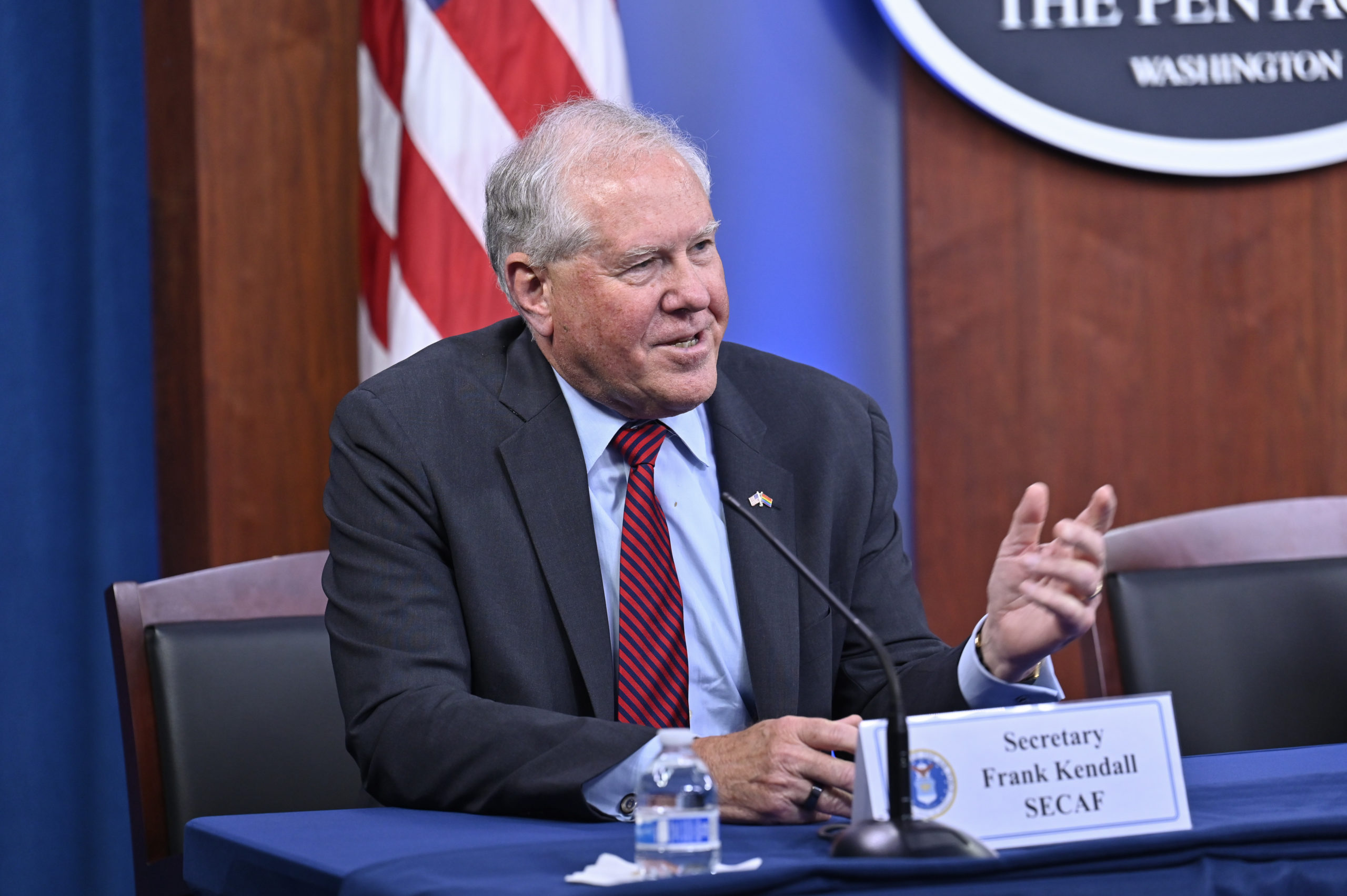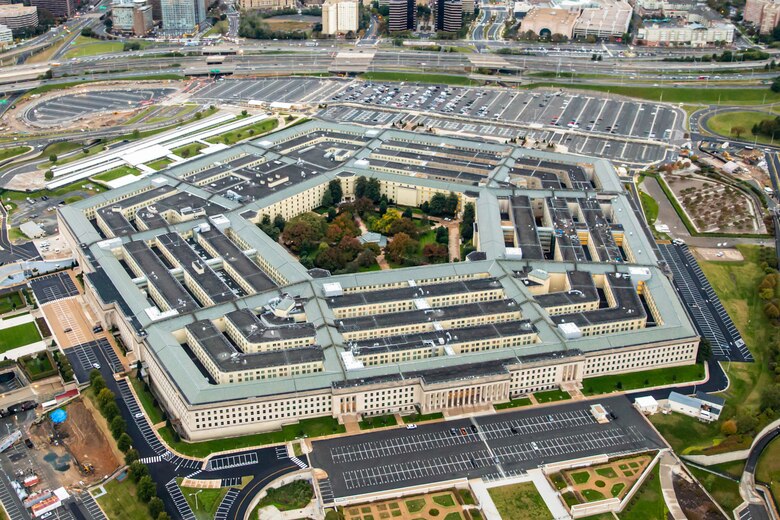FARNBOROUGH, U.K.—As the Space Development Agency looks to capitalize on innovation from the fast-expanding commercial space market, its leaders have said they want to constantly have open competitions for the tranches of new satellites projected for every two years.
Already, the agency has selected five contractors—Lockheed Martin, Northrop Grumman, York Space Systems, L3Harris, and SpaceX—across Tranches 0 and 1 for the Tracking and Transport layers, splitting the contracts each time in a bid to avoid so-called “vendor lock.”
But the SDA’s approach isn’t just increasing competition. It’s also helping to shape common standards across satellites that are much needed and could have far-reaching effects, a top commercial space executive told Air Force Magazine.
Indeed, the interoperability that SDA’s approach requires will represent a significant opportunity for the industry, Johnathon Caldwell, vice president and general manager of Lockheed Martin’s military space division, said in an exclusive interview at Farnborough International Airshow.
“One of the big things it’s challenged all of industry to do is to get down to common standards,” Caldwell said of SDA’s award. “When we talk about crosslinks, when we talk about how we will all get launched on the same rocket, it forces a healthy dialogue about coming to true standards.
“When you’re only doing one or two satellites in a constellation of three or four … you can kind of size the problem. We’re talking about proliferated [low-Earth orbit], we’re going to be getting into the multiple hundreds of satellites.”
Indeed, SDA has already awarded contracts for more than 180 satellites as part of the initial two layers, and Lockheed Martin is responsible for a little more than 50 of them. With the cost of launches decreasing, the commercial space sector has experienced rapid growth.
At the same time, a lack of norms and rules in the domain have created a “wild, wild West,” Chief of Space Operations Gen. John W. “Jay” Raymond has said. Even within the Pentagon, standards for things such as cybersecurity for commercial SATCOM providers have been slow to roll out. And leaders have emphasized the need for more proliferation and interoperability, as opposed to the smaller number of so-called “exquisite” satellites built and launched in the past.
“Years ago, you might be designing a product for a particular service, and they might have unique needs that they’re very focused on getting … met,” Caldwell said. “We’re very responsive to our customers, responsive to the pressures they feel in their service. And that might have happened in stovepipes. And so you have systems that were developed that didn’t necessarily have interconnectivity.”
That’s all changed with SDA—and Caldwell sees the impact going beyond it, especially in an area such as data transport, which will likely be key to enabling the Pentagon’s hugely ambitious joint all-domain command and control (JADC2) effort.
“We see the future of transport as not just what SDA is doing, but the idea that those transport satellites will most likely talk to things like GPS. They will talk to things like [Advanced Extremely High Frequency]. There’ll be this entire mesh tapestry, if you will, of data transport, where the data—you really don’t have to define the path. The data will find its own way to the user who’s pulling for it,” Caldwell said. “And so these SDA contracts are providing the opportunity for industry to define those real standards so that they become kind of the DNA of how we’re designing, rather than an afterthought.”
Caldwell’s vision would entail satellites from different orbits connecting and communicating data—a view shaped by his belief that low Earth orbit, where the vast majority of satellites reside, is at risk of becoming overcrowded. It’s a belief that more and more experts are coming around to.
“There’s a growing awareness that you can’t just stick 30,000, 40,000, …100,000, 200,000 things in orbit,” Caldwell said. “Even if you break them up into different little shells, it’s going to get crowded.”
Even beyond the crowding issue, there are advantages to different orbits, Caldwell said.
“There’s always going to be a place in every layer for the right type of system,” Caldwell said. “And I think we’re kind of slowly coming around to that idea that OK, it’s really an integrated architecture we need. … LEO is like the super cool beach real estate right now, but not everybody wants to live on the beach. Some people want to live in the mountains. And we’ll get there. I think there’s a healthy dialogue right now.”
It’s not just data transport that could benefit from a multi-orbit approach, either. Caldwell said a recent Mitchell Institute report arguing for such an approach for missile tracking and warning “resonated” with him.
“I think people want the easy button, and so they want to say we can just do everything from LEO. And while I appreciate that people want easy solutions, supporting missile tracking and ultimately getting to the place of taking care of the missiles that are a threat to you, there’s no easy button,” Caldwell said. “I wish there was an easy button, but we’re firm believers that it takes a fully integrated architecture to get after a problem as hard as missile tracking and warning.”

